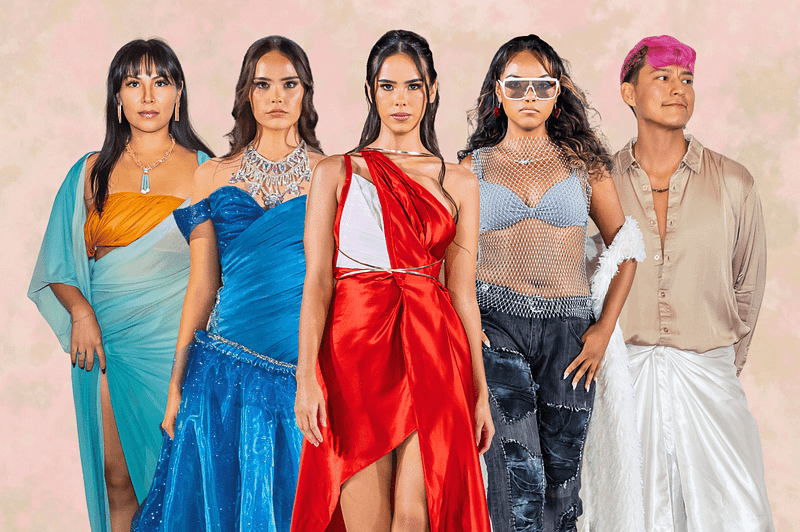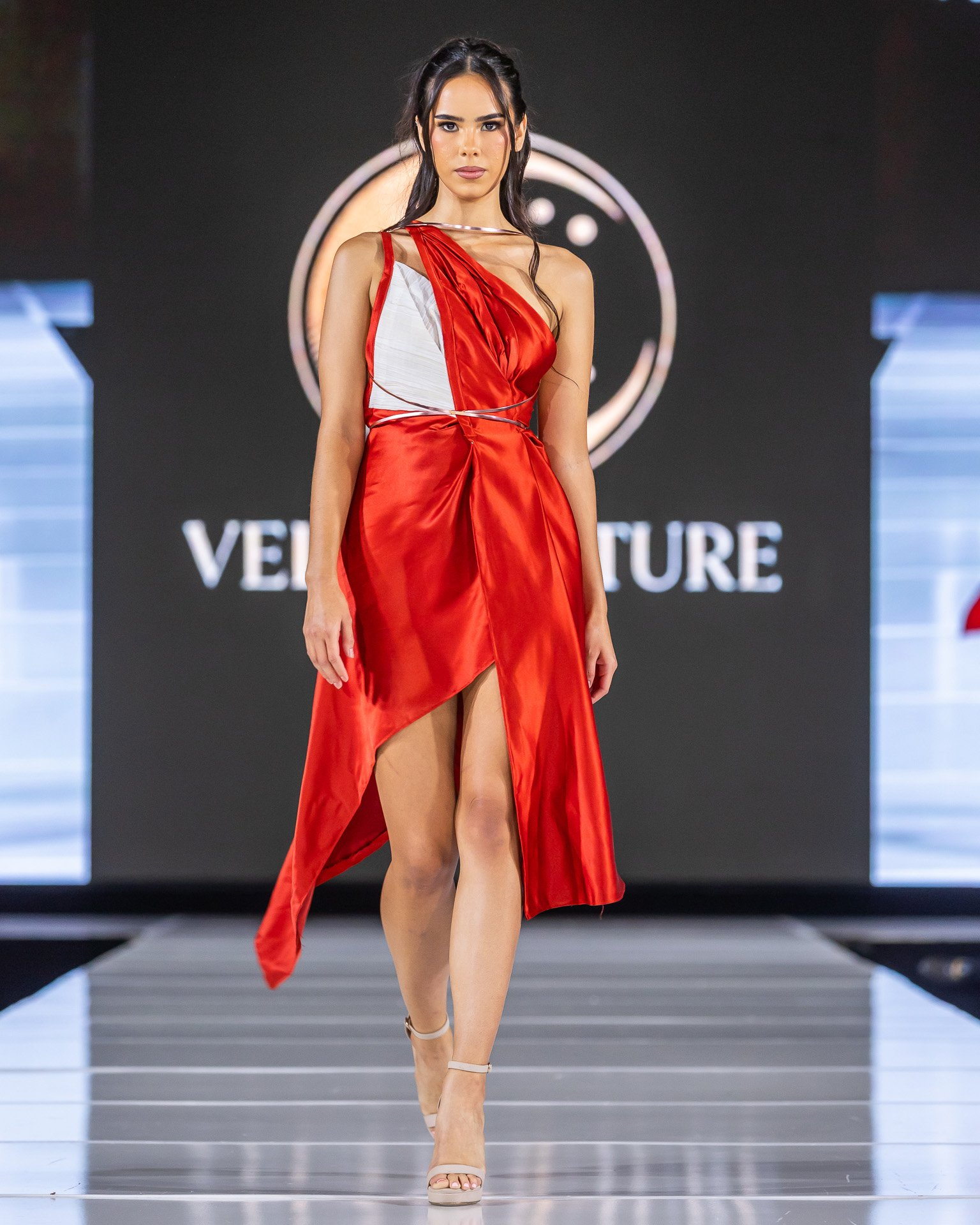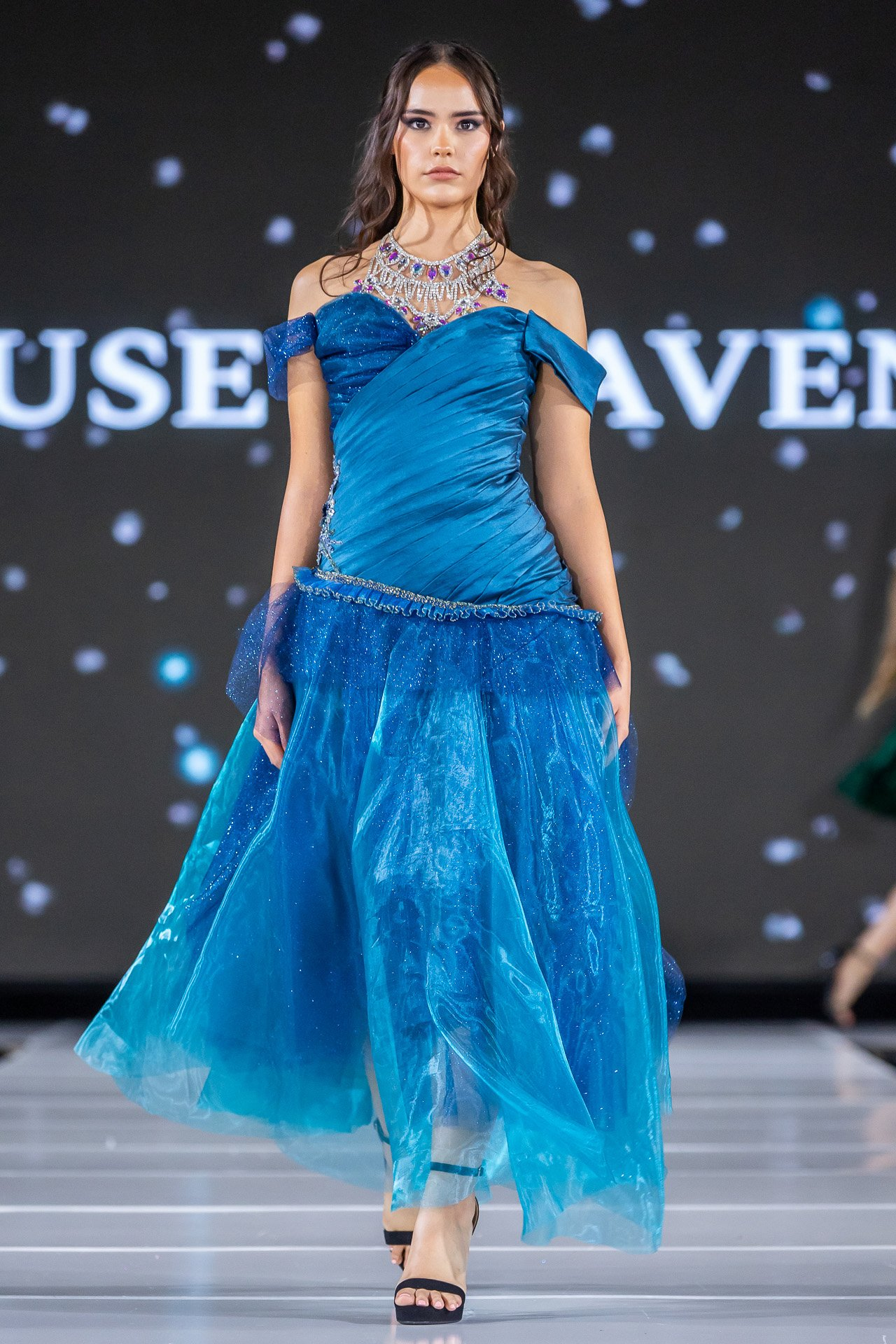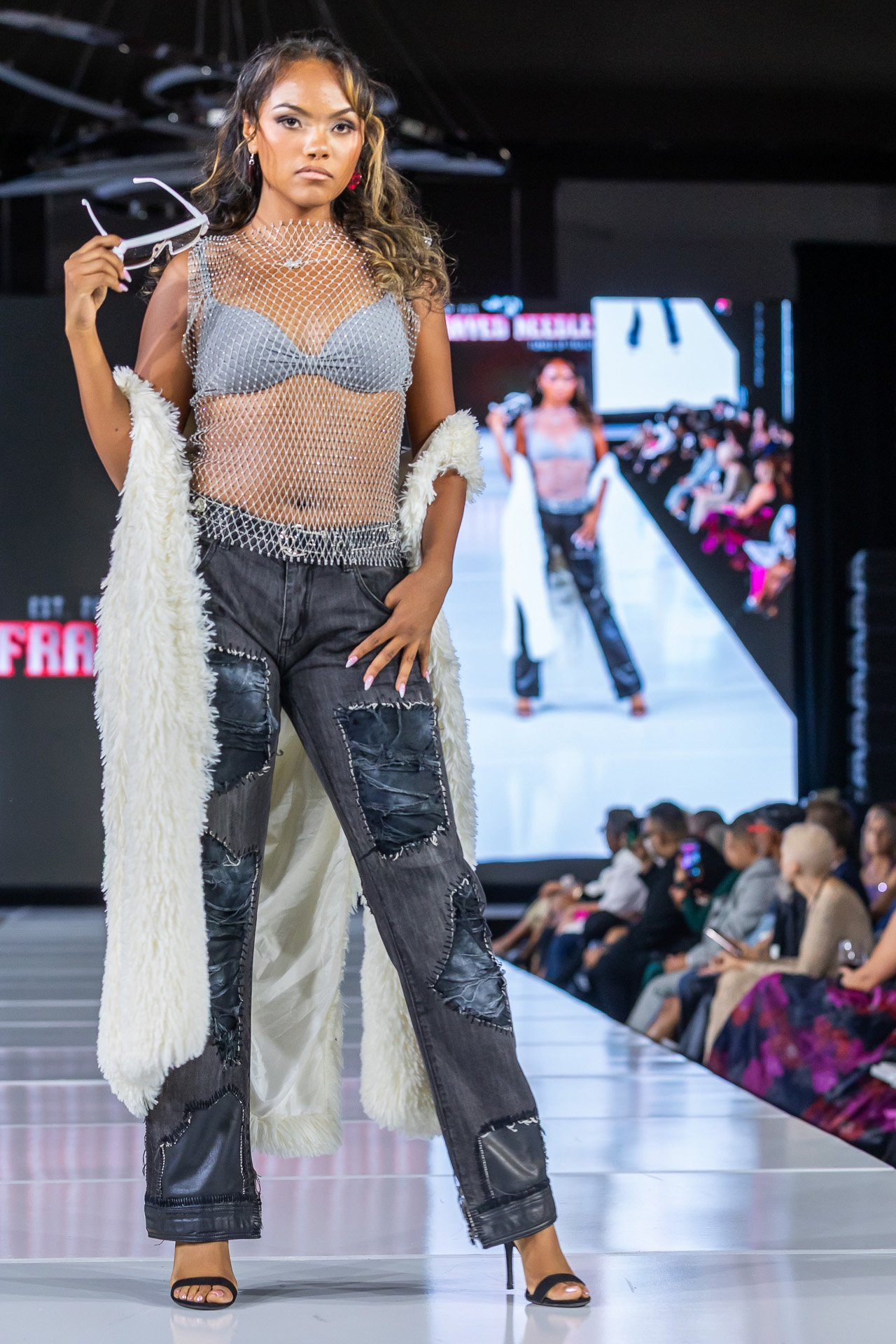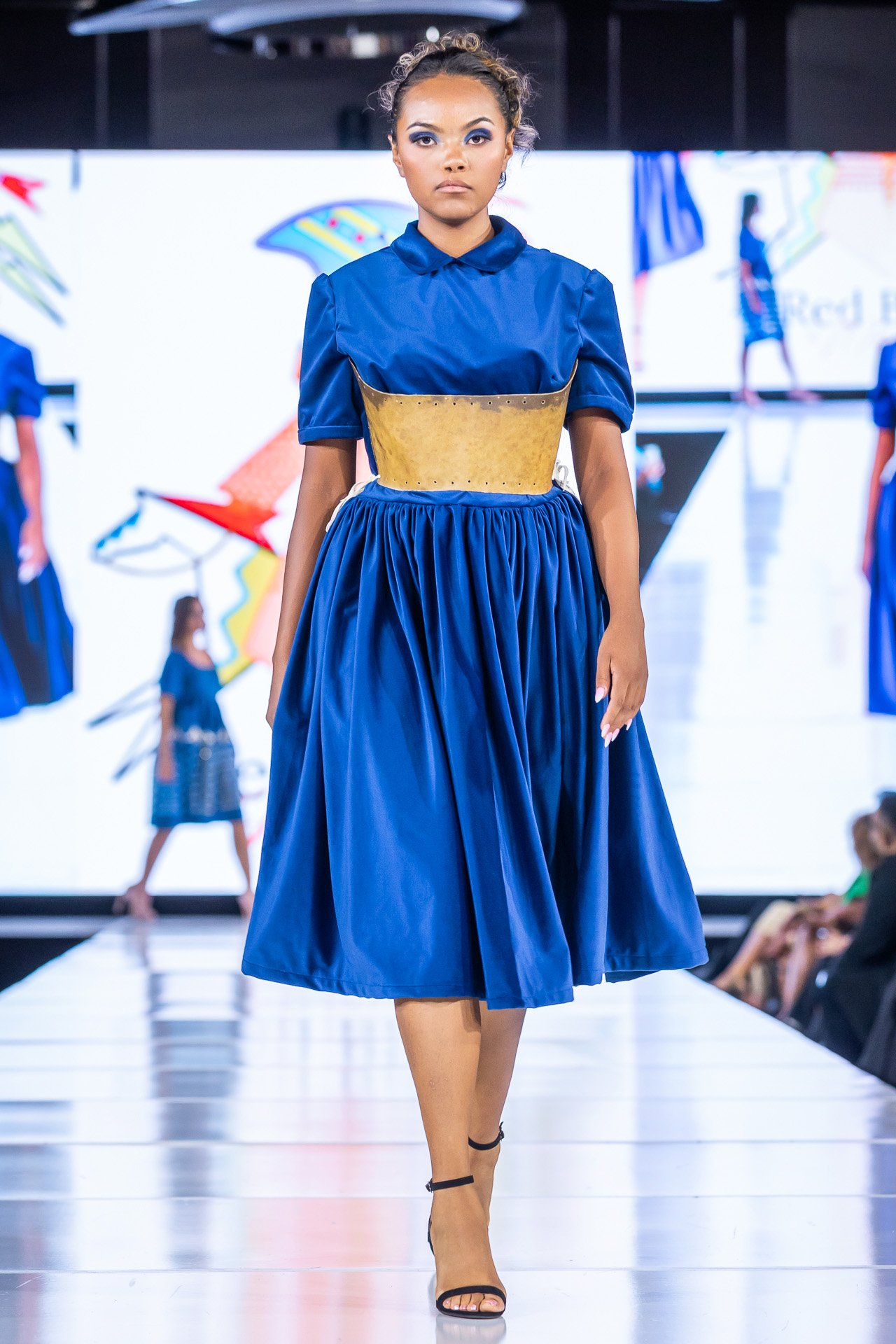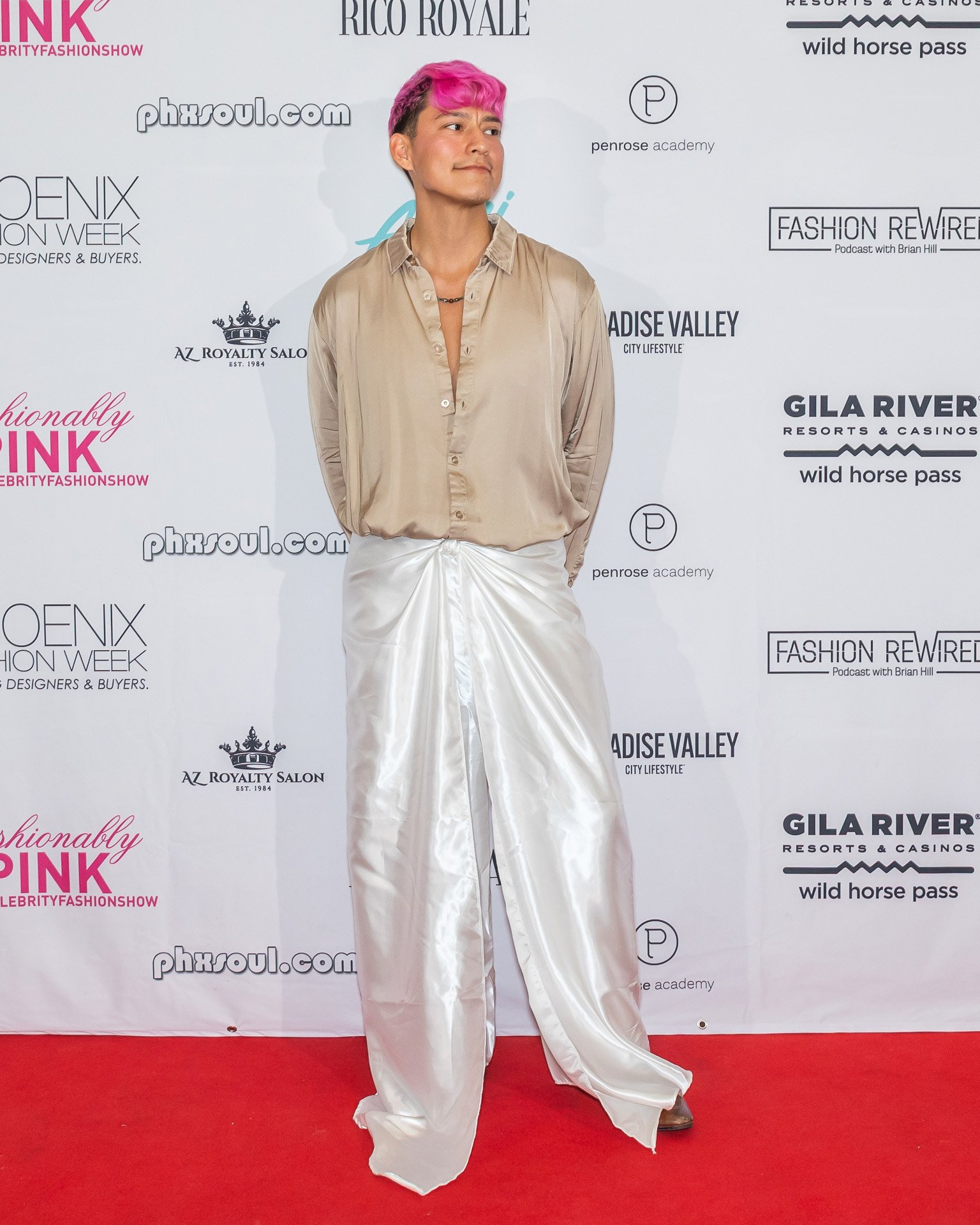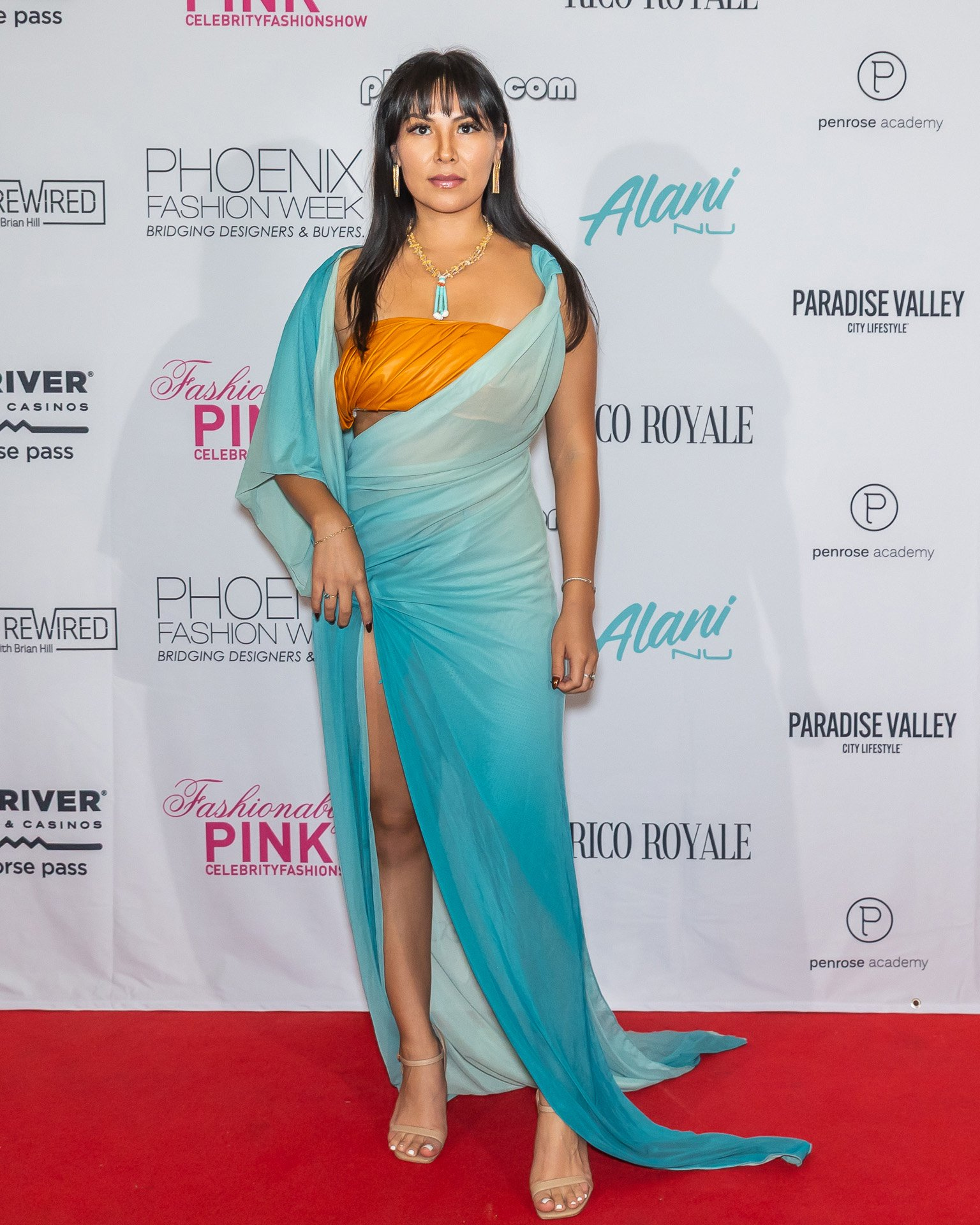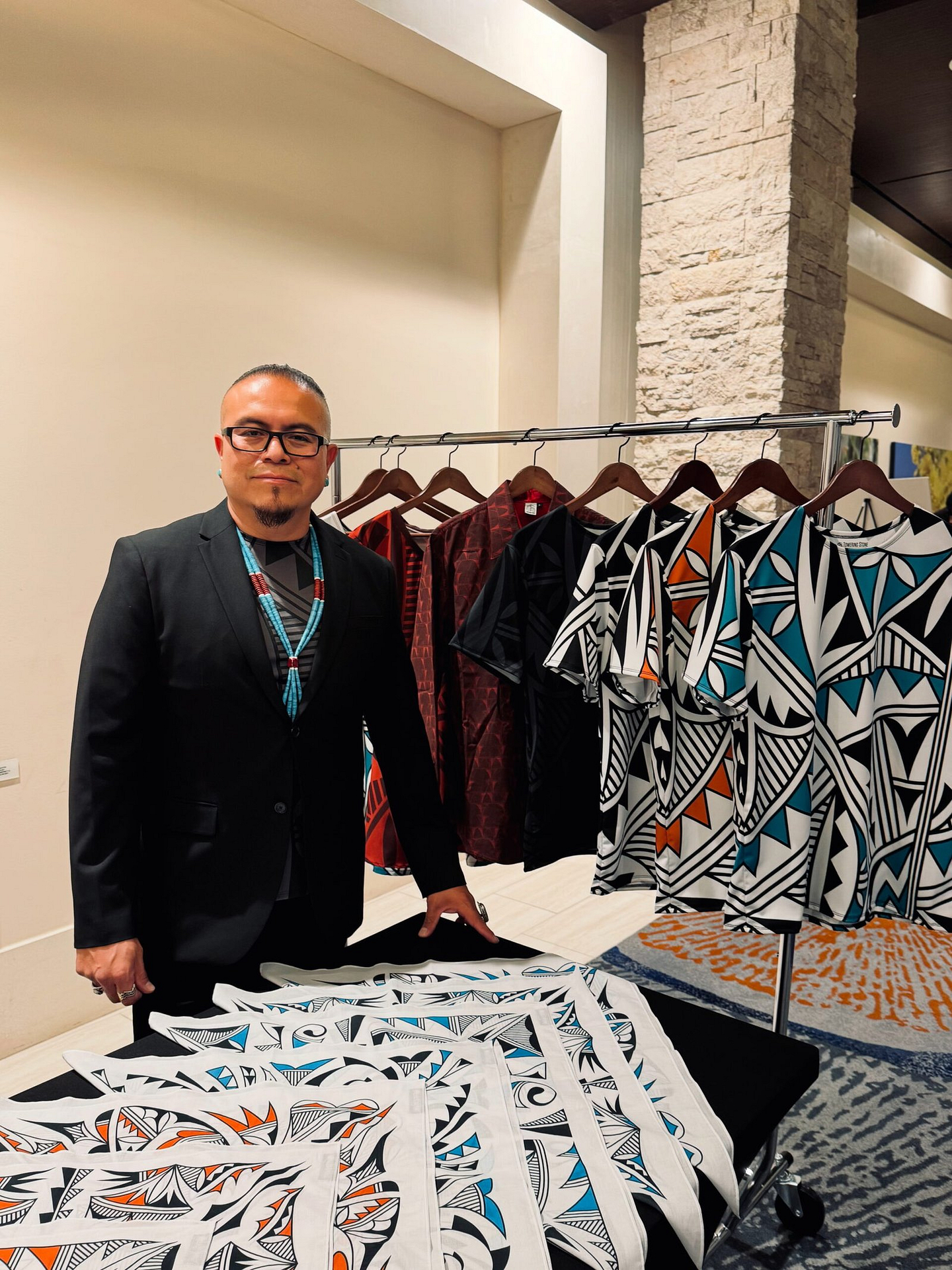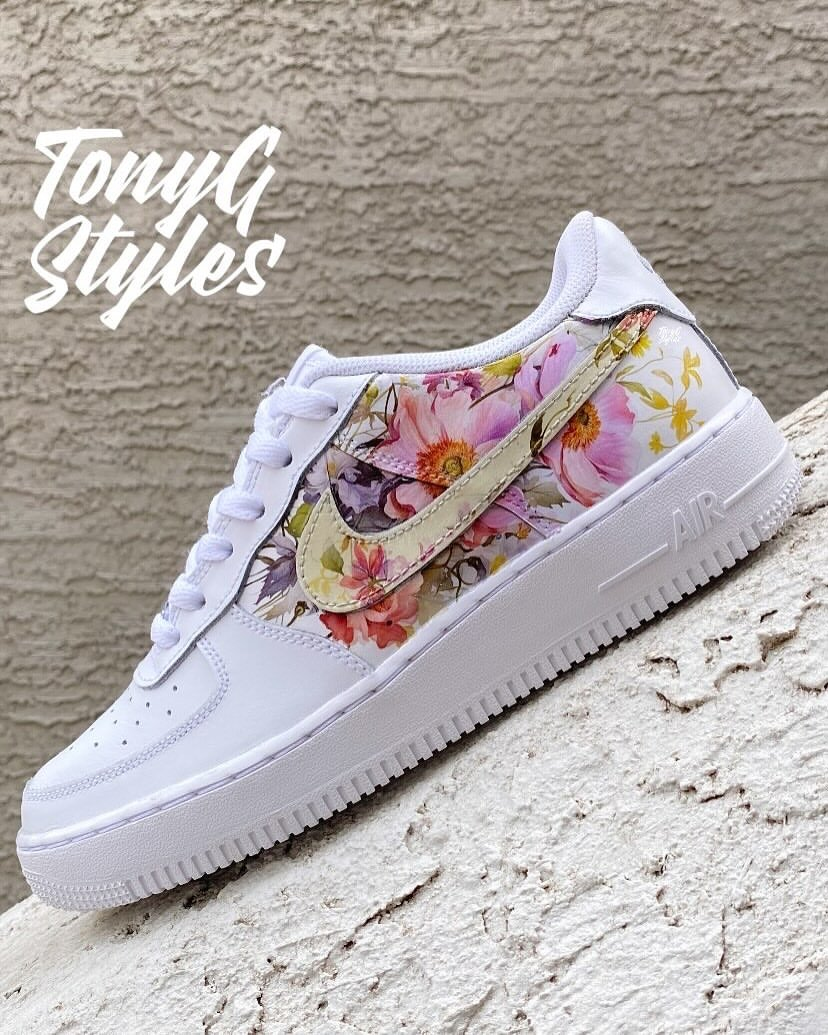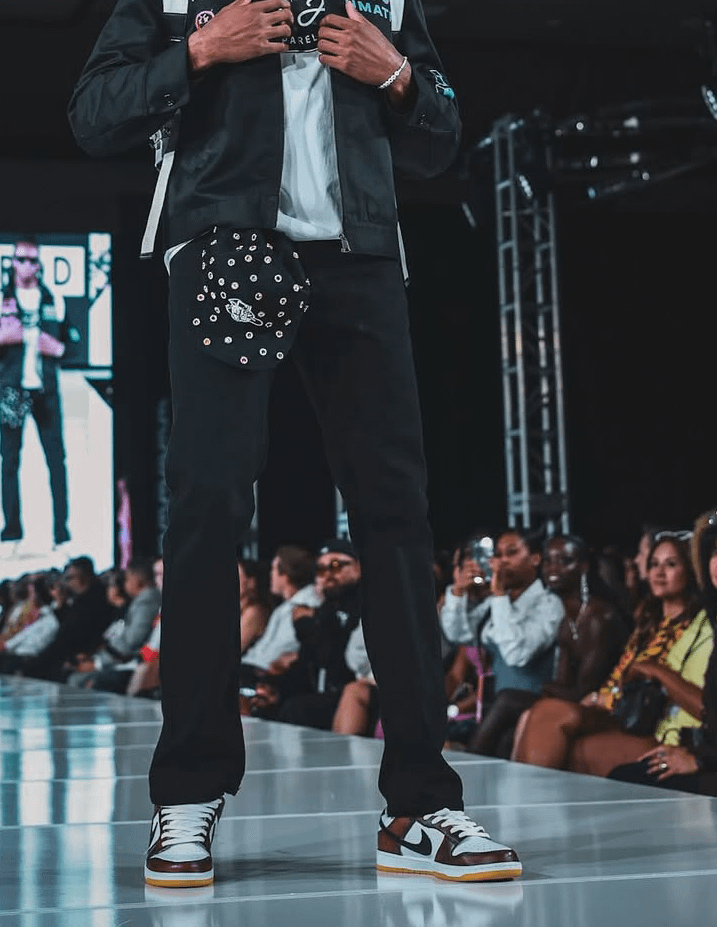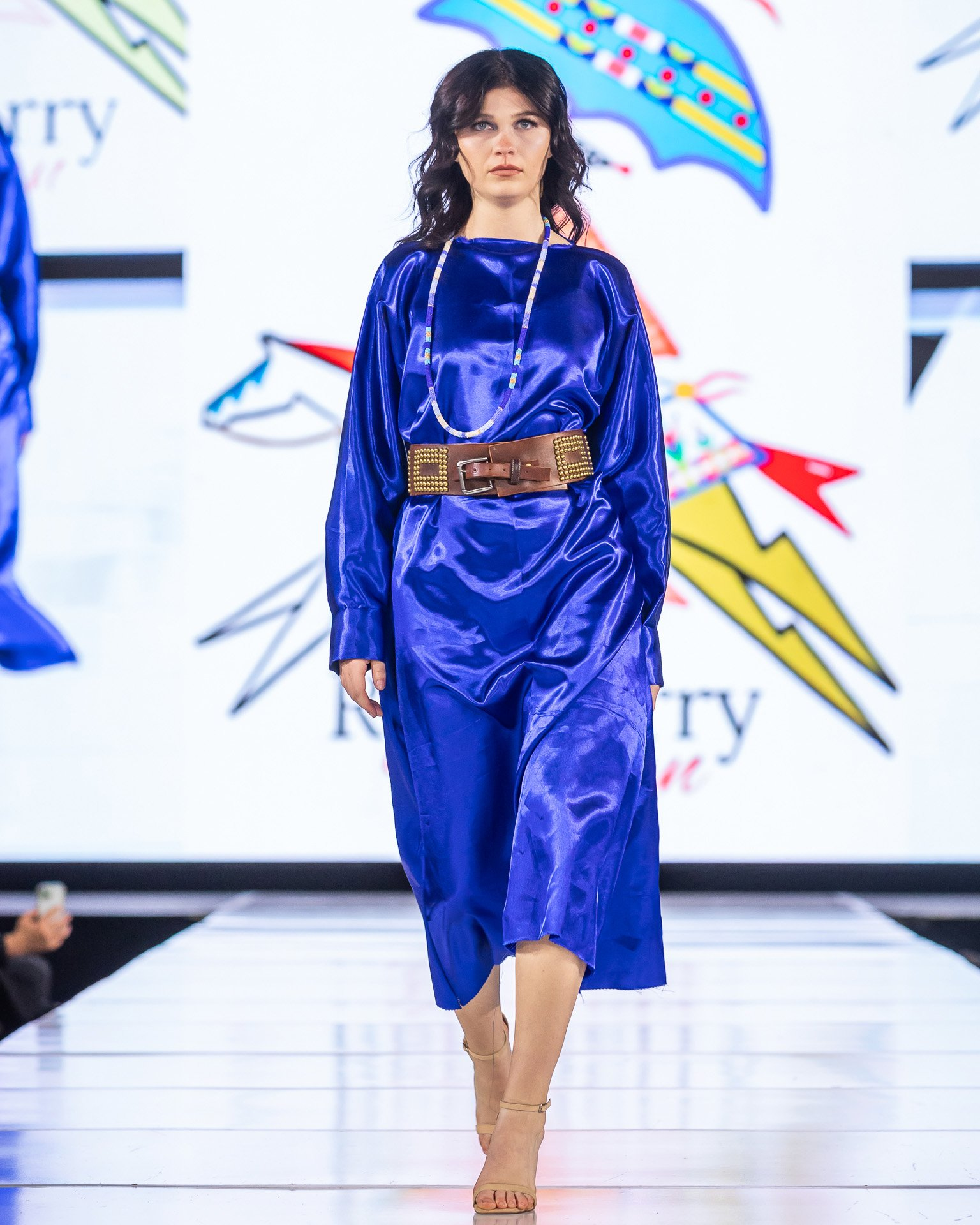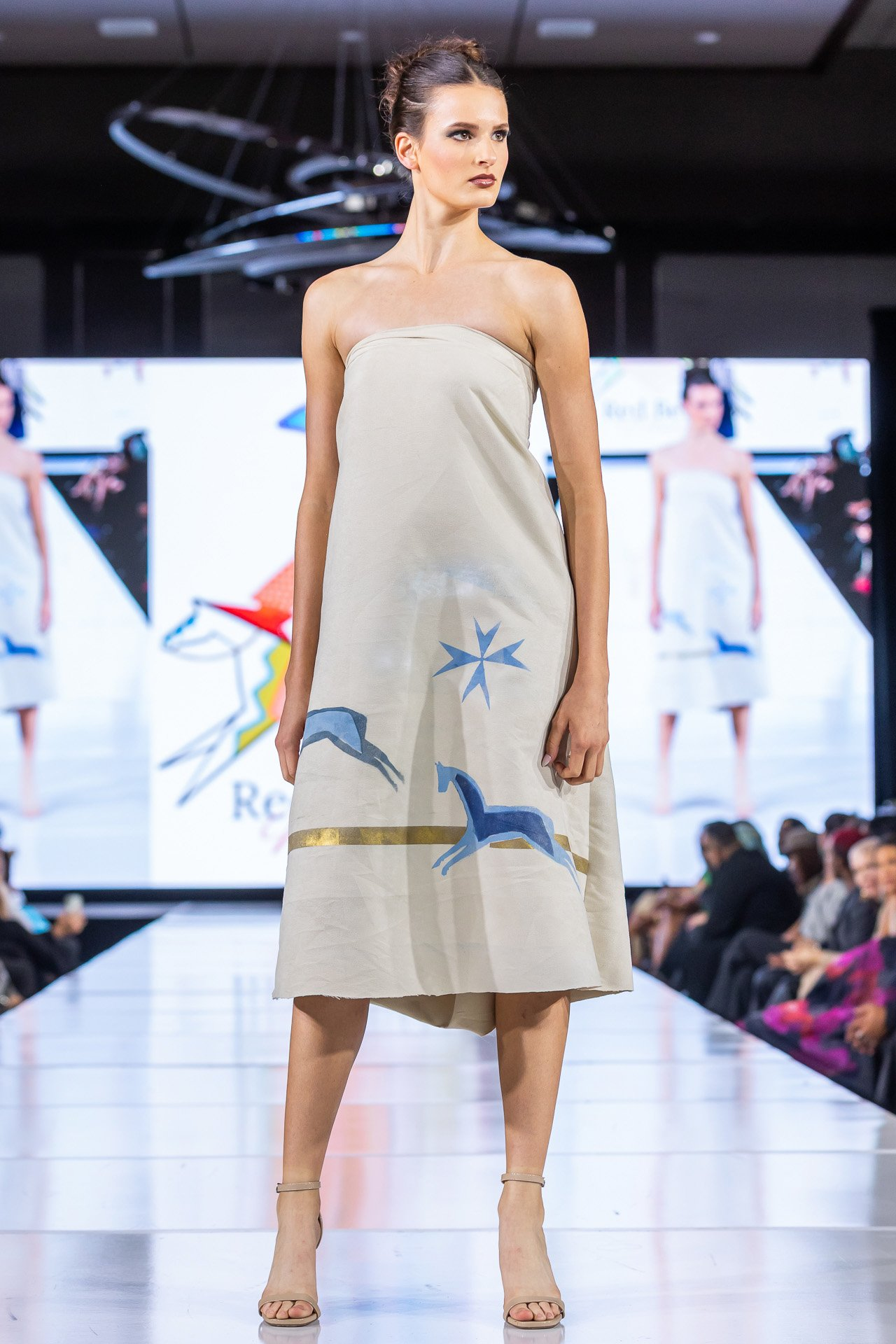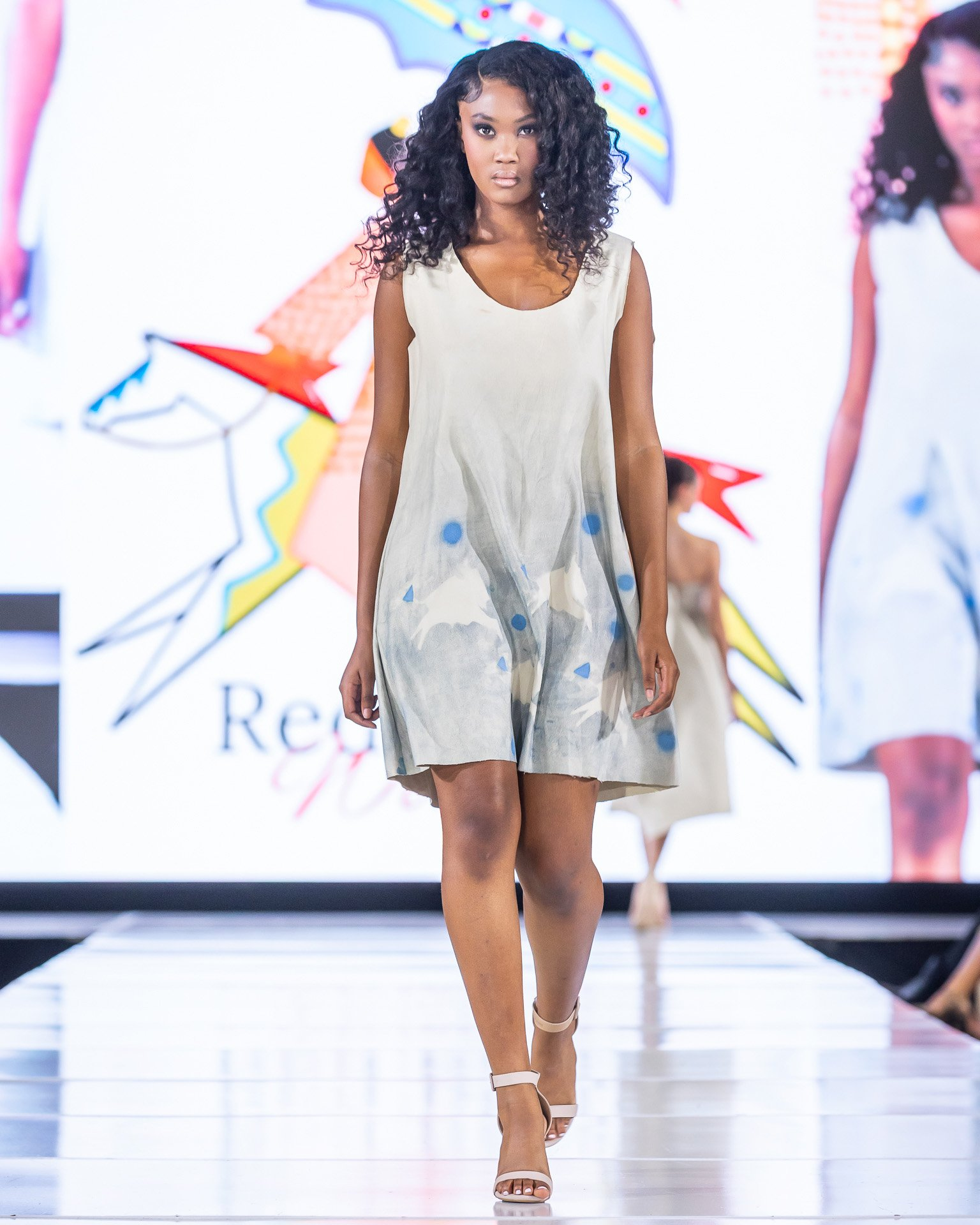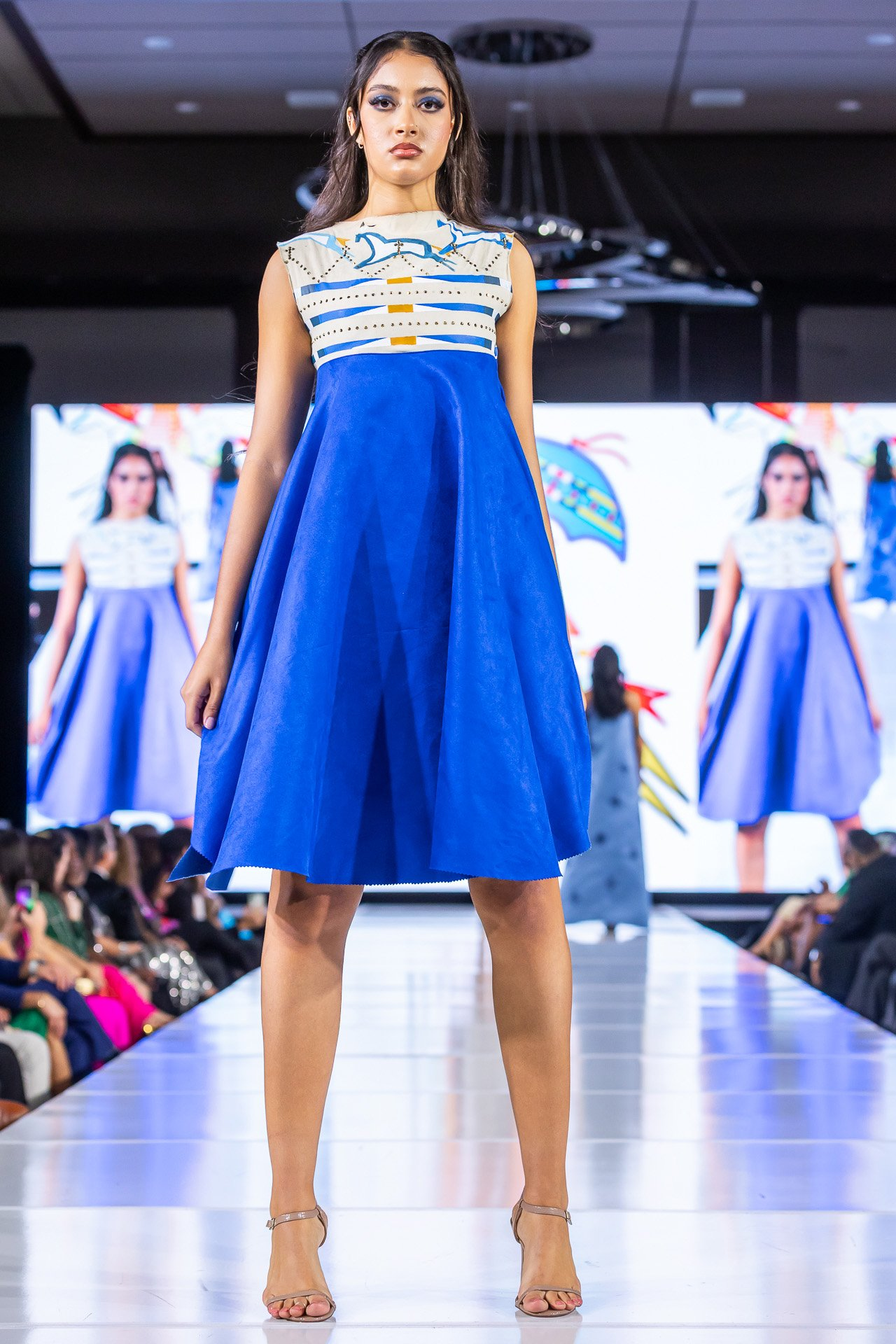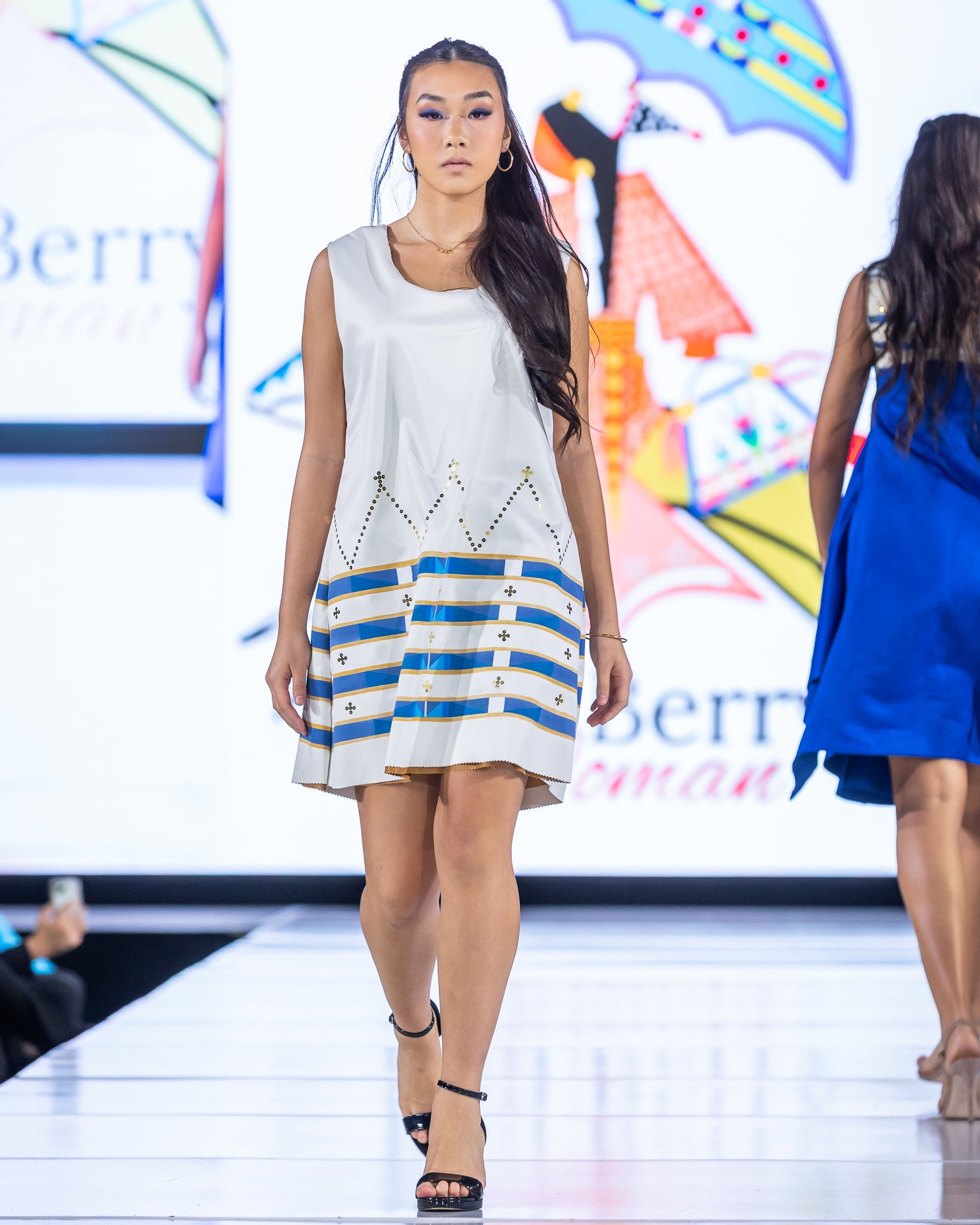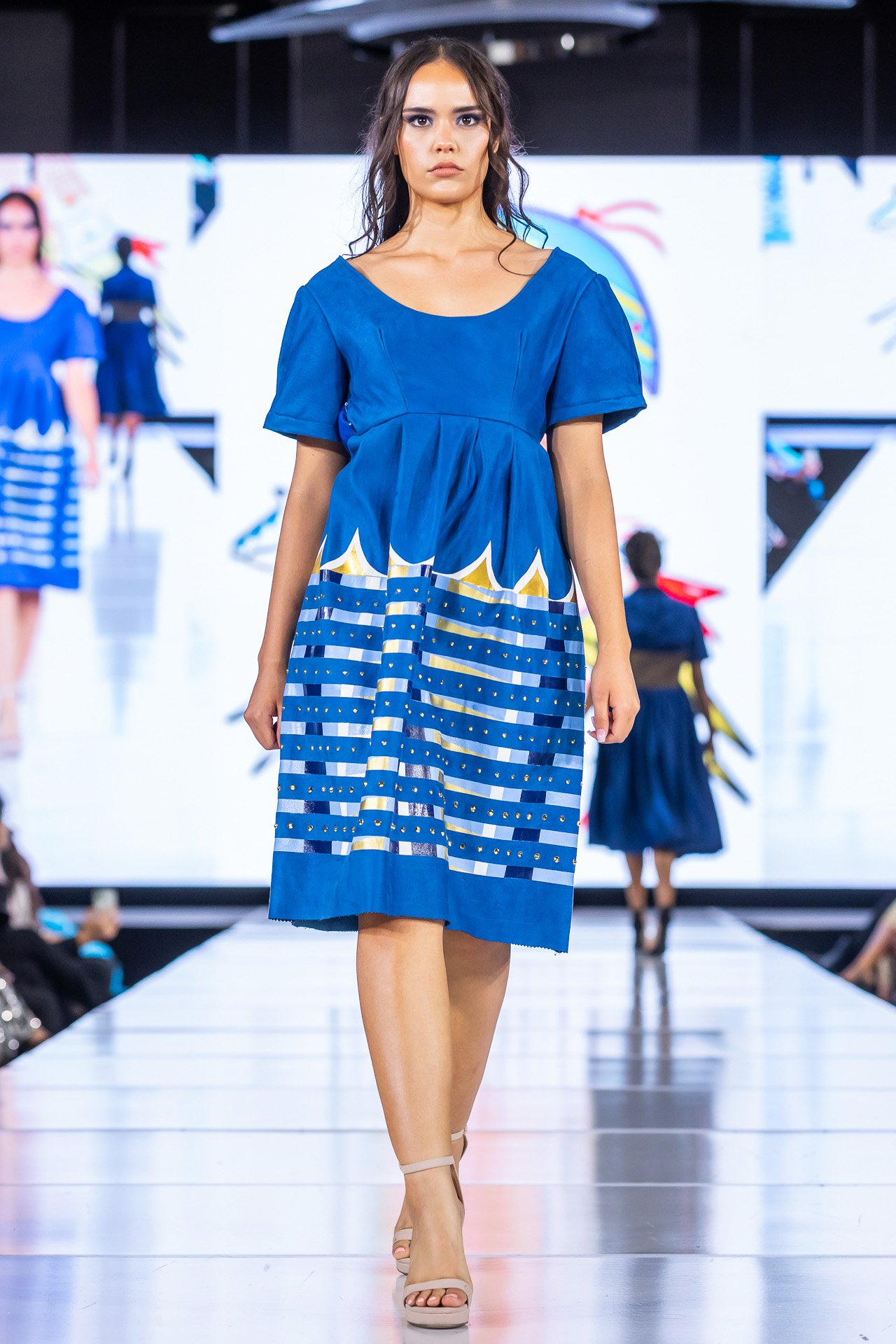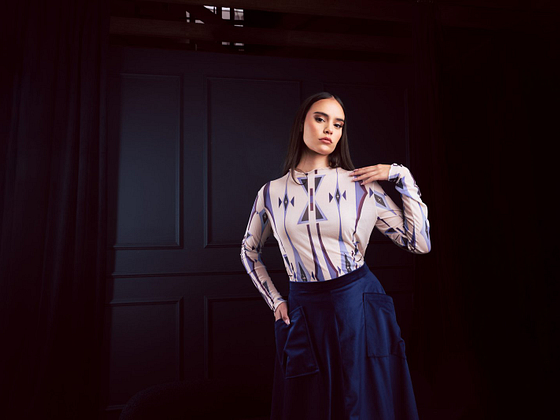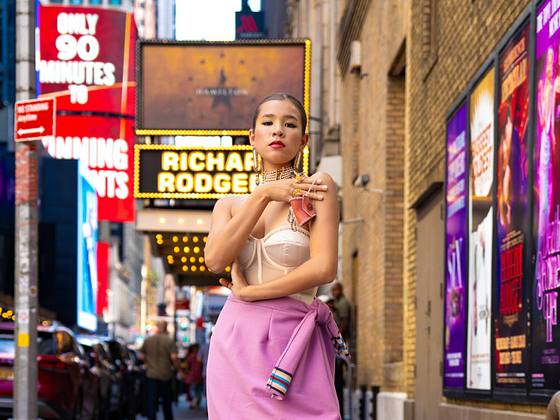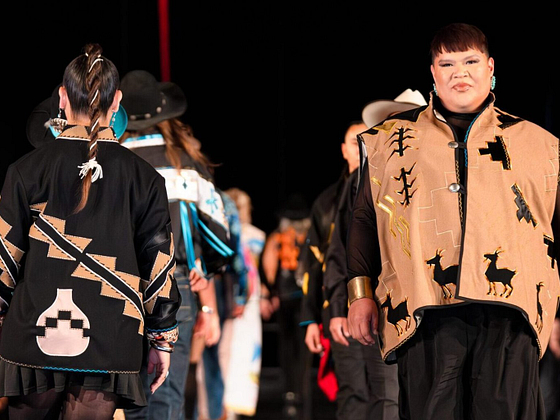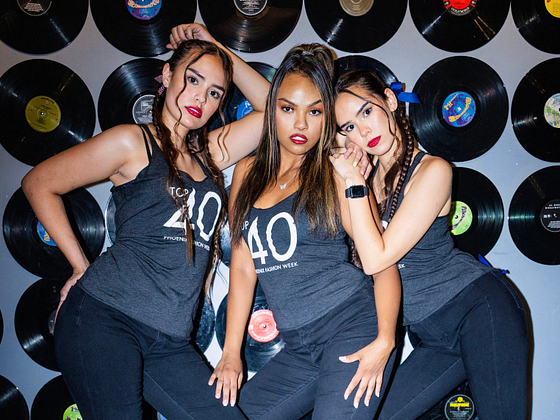Last month, Phoenix Fashion Week (PHXFW) staged a significant one-night event at its new host location: Wild Horse Pass Casino and Resort – a venue that is especially meaningful as it stands on the traditional homelands of the Gila River Indian Community (Piipaash and Akimel O’odham). This particular showcase represented a notable shift for PHXFW, moving from previous three-day schedules and venues like Talking Stick Resort and Chateau Luxe to a single, focused evening jam-packed with 15-plus runway shows, live music, photo opportunities, and a vendor marketplace.
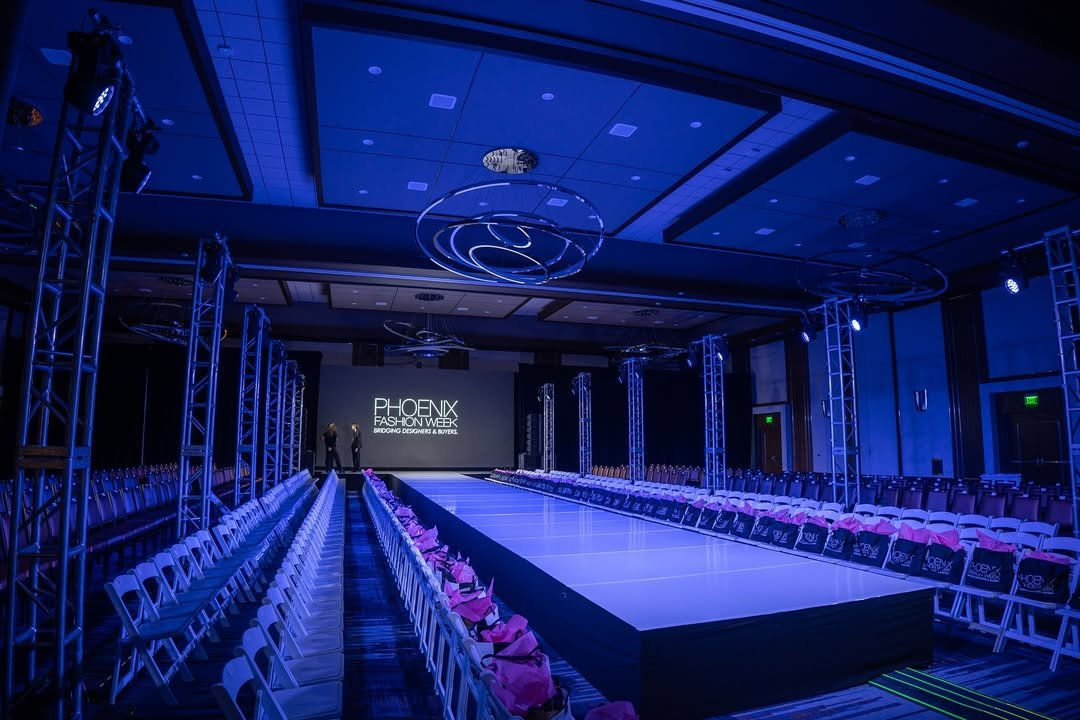
Moving beyond conventional fashion, the event also centered authentic cultural narratives and served as a clear statement on the increasing visibility and vital contributions of Indigenous creatives within the global fashion landscape. The focus on authentic narratives extended far beyond the catwalk, manifesting in the exceptional runway talent, the high-fashion style of the attendees, and the innovative designs showcased in the marketplace.
The Face of Representation: Model Spotlight
The energy on the catwalk was palpable, powered by the discipline honed during the months-long Top 40 model bootcamp. Among the talent pool were featured Indigenous models Alanna McCabe (Diné/Ethiopian), Fern Hoover, and Kiren Hoover (Anishinaabe/Scottish), who exuded grace and confidence in every turn. Their polished presence on the runway was a direct result of the intensive bootcamp training, where they focused not only on mastering their model walk but also on developing professionalism and networking skills.
For all three women, their participation was driven by a shared goal: to gain industry knowledge, represent their cultures on a big platform, and break stereotypes about what Indigenous beauty and presence look like in high fashion. (For more on their personal journeys and dedication, read our earlier interview, “Meet the Indigenous Models of PHXFW’s Top 40.”) Their hard work paid off spectacularly when, during the Model of the Year awards presentation, sister-models Fern and Kiren were both named to the Top 7—a well-deserved honor for these rising stars.
Runway Photos by Manish Sharma
Red Carpet Style
Off the runway, the evening was rich with examples of Indigenous style integrated into guest attire. Diné designer and model Tytus Dickson attended the event with his plus-one, Nichole Benally (Diné), who provided a walking billboard for Dickson’s own brand. Benally wore a graceful, mesh-draped dress in soft sunset hues, a piece designed by Dickson from his “Navajo Space Fashion” collection. This sartorial choice underscored the seamless blend of Indigeneity and contemporary high fashion, both on and off the runway.
Photos by Manish Sharma
In the Marketplace
The Style Villa marketplace served as a thoughtful extension of the runway, featuring both established and emerging Indigenous entrepreneurs. 2017 Designer of the Year, Loren Aragon (Acoma), offered luxury pieces from his new men’s line, Towering Stone, including structured dress shirts and striking scarves that embody the spirit of Pueblo culture. Across the way, accessory and fine art creative Tony G Styles (Gila River) captured the event’s streetwear aesthetic. Tony displayed hand-painted footwear and apparel utilizing unique tie-dye techniques. His custom shoes were notably featured in the streetwear collection of Brod Style.
The Authentic Collection by Red Berry Woman
The showcase culminated with the anticipated return of Red Berry Woman who presented her fourth runway show at PHXFW with her latest collection: Authentic. Declaring herself “in my blue era,” Norma Baker-Flying Horse delivered a sophisticated color story featuring predominantly suede pieces in refined shades of blue and beige. Each design meticulously integrated the designer’s signature aesthetic, drawing directly from her Dakota & Hidatsa heritage.
Runway Photos by Manish Sharma
The 10-piece collection offered a full range, from elegant A-line skirts and coordinating ensembles to buckskin-imitation looks that gave traditional wear a contemporary twist, all elevated by hand-painted buffalo and horse motifs alongside intricate hand-stitched beadwork. The collection’s authenticity is rooted in the designer’s personal history:
“Growing up, I was taught how to bead and sew my own outfits, so everything I create as an Indigenous designer comes from those roots. While I know the full significance of every element, my teachings prevent me from revealing details that are deemed too sacred to share publicly,” said Flying-Horse. Like most Native designers, the deeper cultural interpretation of the design is intentionally left open-ended for the viewer. This cultural significance was underscored by a beautiful Jingle Dress performance by Yanabah Redhouse.
The one-night event at Wild Horse Pass was an appreciative demonstration of Indigenous resilience and cultural sovereignty. From the achieved goals of the Top 40 Indigenous models to Red Berry Woman’s captivating collection, Indigenous talent claimed the spotlight across the entire venue. This event established a new, authentic standard for the industry, ensuring that Indigenous voices and designs continue to take a seat at the table.
For more behind-the-scenes coverage, visit our Instagram page. And to see some stunning, editorial images of the Authentic collection check out our “First Look: Red Berry Woman’s Authentic Collection.”
